Wood shingles used for many centuries as a roofing, for Russian villages and cities - this was the most affordable material, which provided reliable hydro and thermal insulation of houses. On the wave of fashion for environmentally friendly materials,shingles again began to erect already in modern conditions.
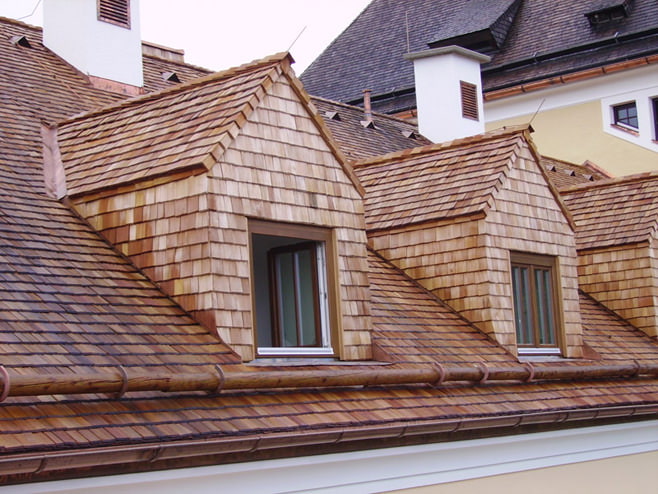
Roofing shingles called differently: shingle, ploughshare, tes, gorodets. Regardless of the name, the essence remains the same - wooden planks laid on the roof in two or three layers.
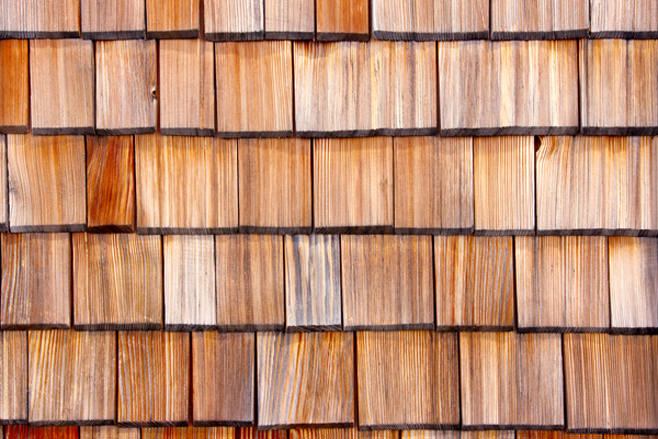
Highly laid and finished shingled roof It can serve more than a hundred years without changing its properties. Masters able to style wood shingles Russia is almost gone, so many have to re-learn and learn from abroad, in countries where skill is not forgotten, and the climate is close to ours.
For example, a spindle is manufactured in Germany, its factory production has been established for a long time, and finished products are inherently roofing shingles - wooden tiles.
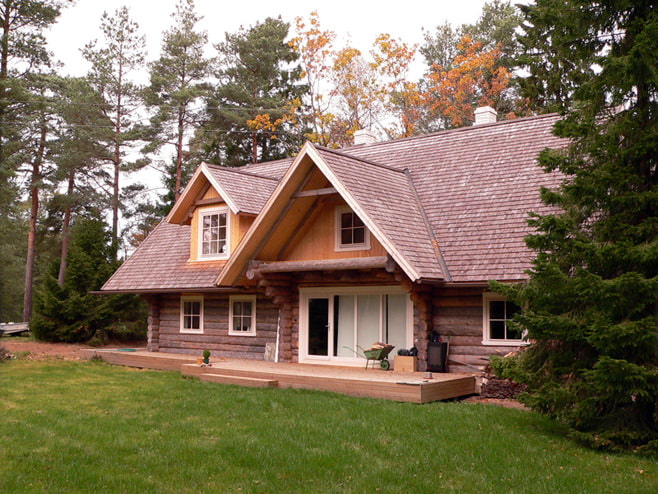
Shingled roof In addition to its environmental properties, it also has technical advantages, when laying between the elements, small gaps form, which, the tree swollen in the rain, closes, and in sunny weather, the coating shrinks, providing itself with a self-ventilation process.

Roofing shingles They are divided into two types, depending on the manufacturing method: sawn and chopped. Only moisture-resistant wood, heavy-duty and tarry, is selected as raw material. The wood used is larch, oak, linden, aspen or Canadian red cedar.
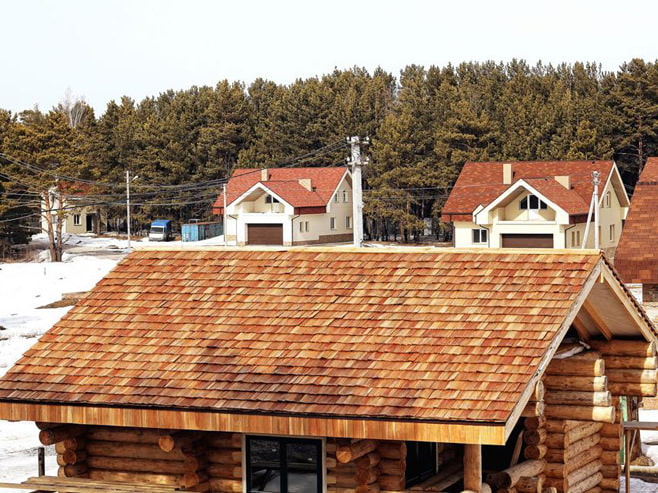
Shingles can be of various shades, it depends on the type of wood from which it was made, for example, cedar shingles have a crimson-red hue, but larch is light beige. But the original color of the finished roof from wood shingles, for a long time is not saved, in the process of exposure to weather changes, the coating will become gray.
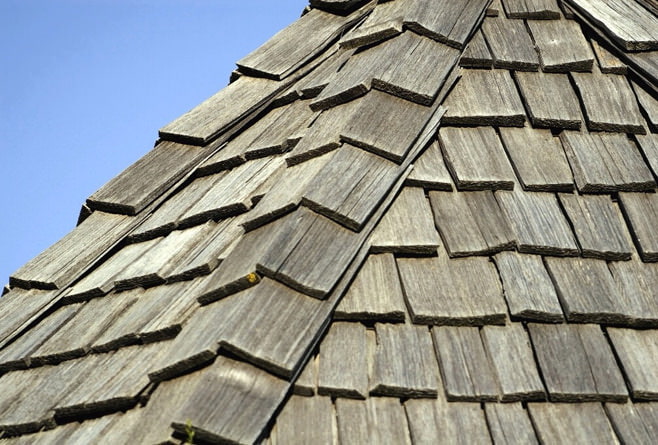
The shingle is installed in a double or triple way, depending on the constant number of planks across. The triple layer is considered more reliable. The relatively small weight of the roof, fifteen to seventeen kilograms per square meter, there is no need to build a powerful rafter system.
In this case, a ventilation space should be organized for the removal of moisture, and the material itself must be treated with antiseptic impregnations and anti-ignition agents.
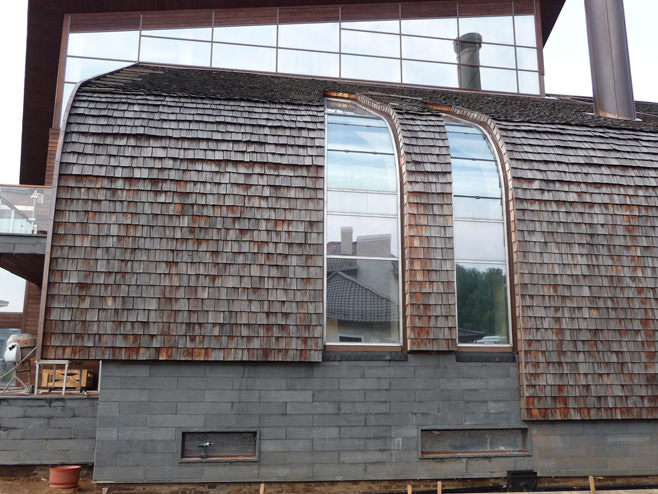
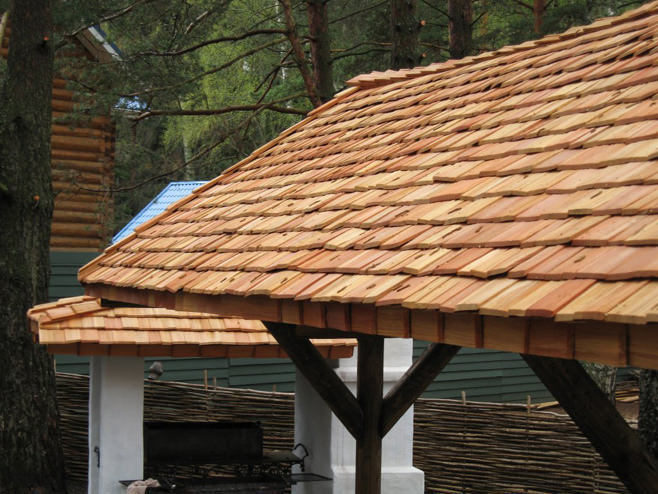

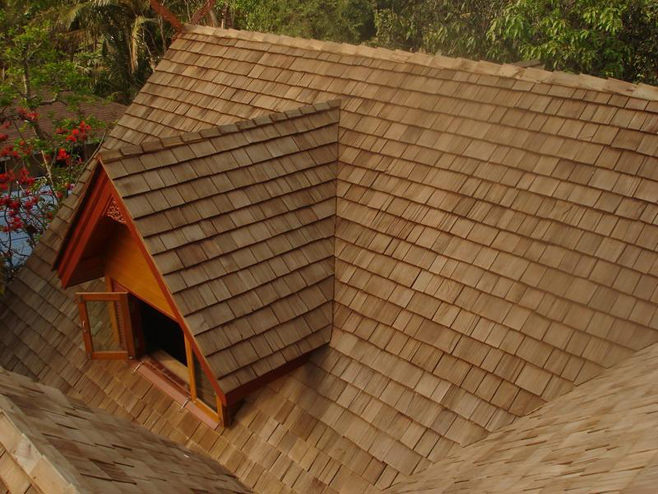

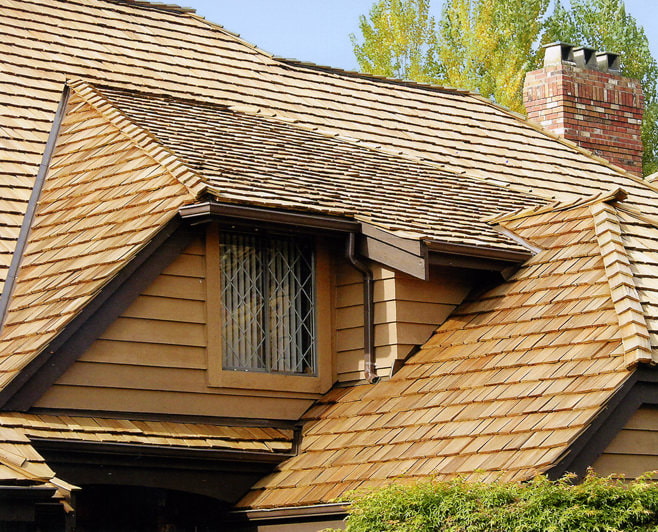
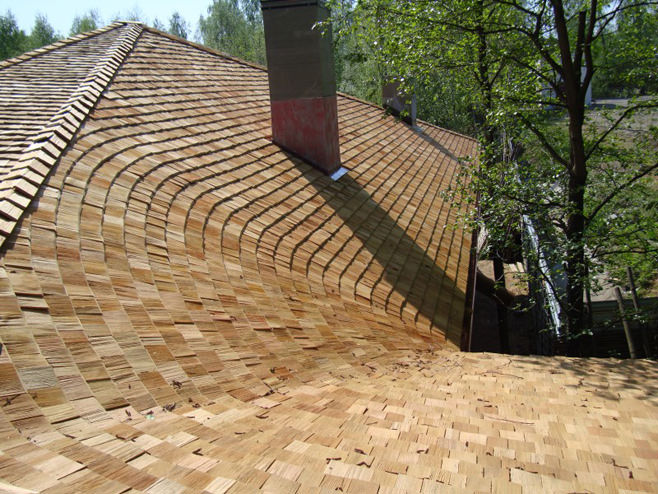

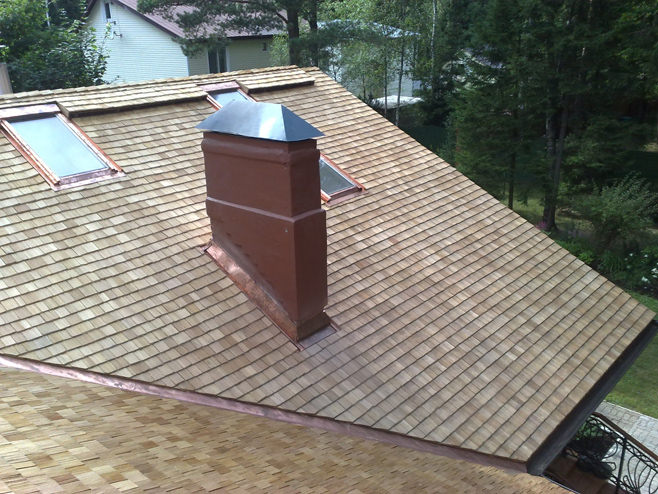
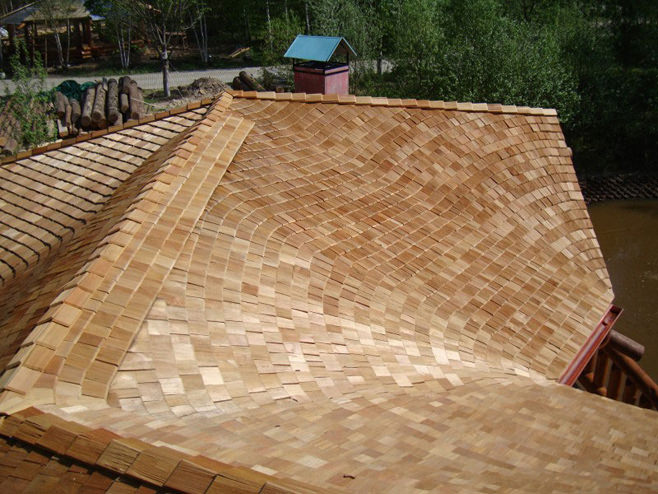


 Installation of ceiling tiles: selection of materials, preparation, procedure
Installation of ceiling tiles: selection of materials, preparation, procedure How to glue the ceiling plinth to the stretch ceiling?
How to glue the ceiling plinth to the stretch ceiling? Ceiling plinth for stretch ceiling: types, recommendations for selection
Ceiling plinth for stretch ceiling: types, recommendations for selection How to choose a screwdriver for home?
How to choose a screwdriver for home?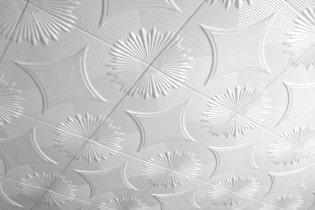 Foam tile for the ceiling: the pros and cons, the stages of gluing
Foam tile for the ceiling: the pros and cons, the stages of gluing Repair in practice: how to repaint furniture yourself
Repair in practice: how to repaint furniture yourself